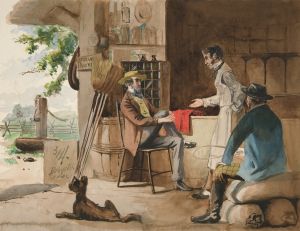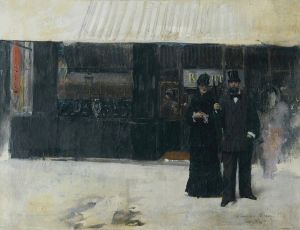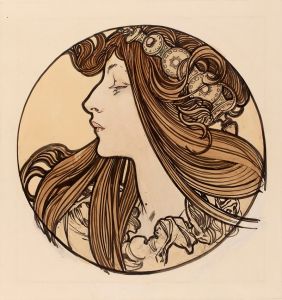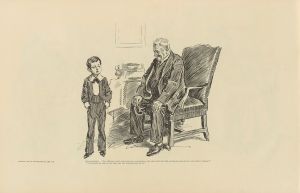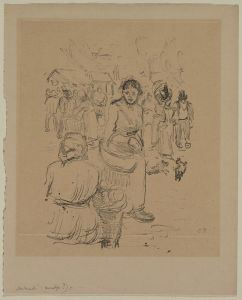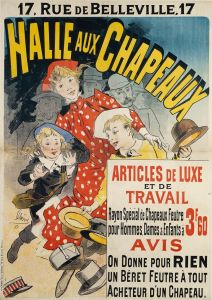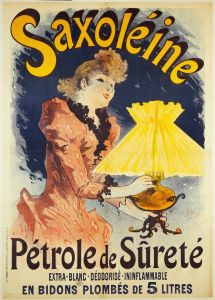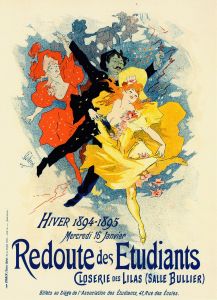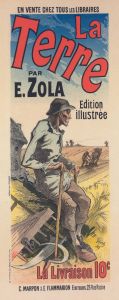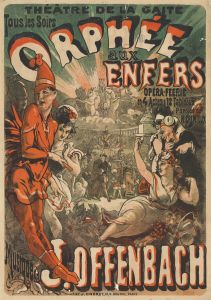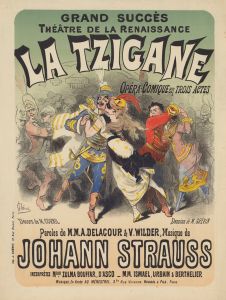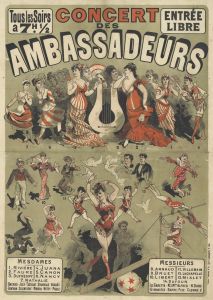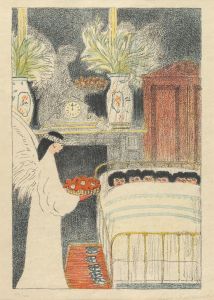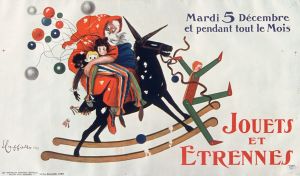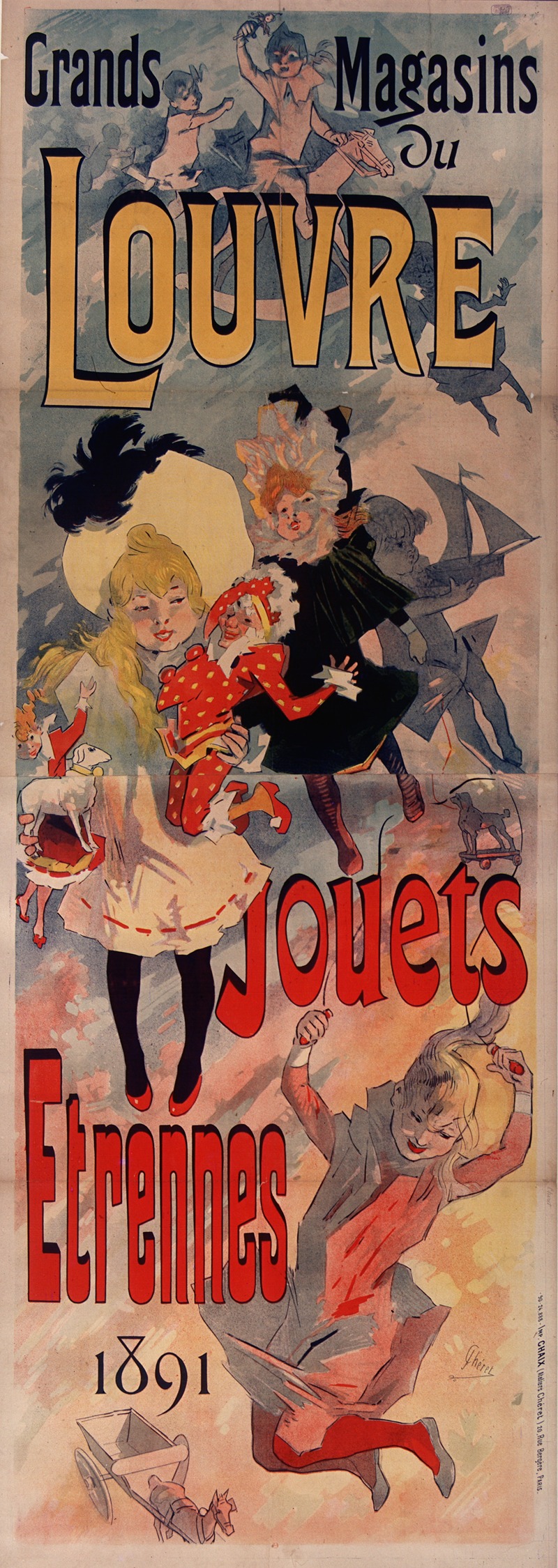
Grands magasins du Louvre. Jouets, étrennes 1891
A hand-painted replica of Jules Chéret’s masterpiece Grands magasins du Louvre. Jouets, étrennes 1891, meticulously crafted by professional artists to capture the true essence of the original. Each piece is created with museum-quality canvas and rare mineral pigments, carefully painted by experienced artists with delicate brushstrokes and rich, layered colors to perfectly recreate the texture of the original artwork. Unlike machine-printed reproductions, this hand-painted version brings the painting to life, infused with the artist’s emotions and skill in every stroke. Whether for personal collection or home decoration, it instantly elevates the artistic atmosphere of any space.
Jules Chéret, a prominent French painter and lithographer, is renowned for his significant contributions to the development of poster art in the late 19th century. One of his notable works is the poster titled "Grands magasins du Louvre. Jouets, étrennes 1891," created in 1891. This piece is a quintessential example of Chéret's vibrant and dynamic style, which played a pivotal role in the evolution of advertising and graphic design.
The poster was designed for the Grands Magasins du Louvre, a major department store in Paris, which was a hub of commerce and culture during the late 19th and early 20th centuries. The store was known for its wide array of goods, including toys and gifts, which are the focus of this particular advertisement. The poster was intended to promote the store's selection of toys and holiday gifts, as indicated by the word "étrennes," which refers to New Year's gifts in French.
Chéret's work is characterized by its use of bright colors, fluid lines, and lively compositions, all of which are evident in this poster. The image features a joyful scene with children and adults engaging with an array of toys, capturing the festive spirit of the holiday season. The figures are depicted in motion, a hallmark of Chéret's style, which conveys a sense of excitement and energy. This approach not only attracted the attention of passersby but also effectively communicated the joy and wonder associated with the products being advertised.
Jules Chéret is often referred to as the "father of the modern poster" due to his innovative techniques and artistic vision. He revolutionized the field of lithography by introducing a broader color palette and more sophisticated printing methods, which allowed for greater artistic expression and visual appeal. His posters were not merely advertisements but also works of art that elevated the medium to new heights.
The "Grands magasins du Louvre. Jouets, étrennes 1891" poster exemplifies Chéret's ability to blend art and commerce seamlessly. It reflects the cultural and social dynamics of Paris during the Belle Époque, a period marked by economic prosperity and a flourishing of the arts. Chéret's posters were widely displayed throughout the city, contributing to the vibrant visual culture of the time and influencing subsequent generations of artists and designers.
In addition to his technical innovations, Chéret's work is notable for its portrayal of women in a positive and empowering light. His posters often featured women as central figures, depicted with grace and vitality. This was a departure from the more traditional and subdued representations of women in art, and it resonated with the changing social attitudes of the era.
Overall, "Grands magasins du Louvre. Jouets, étrennes 1891" is a testament to Jules Chéret's artistic genius and his impact on the world of advertising. His ability to capture the essence of a product and convey it through compelling visual narratives set a new standard for commercial art. Today, his posters are celebrated not only for their historical significance but also for their enduring beauty and charm.





